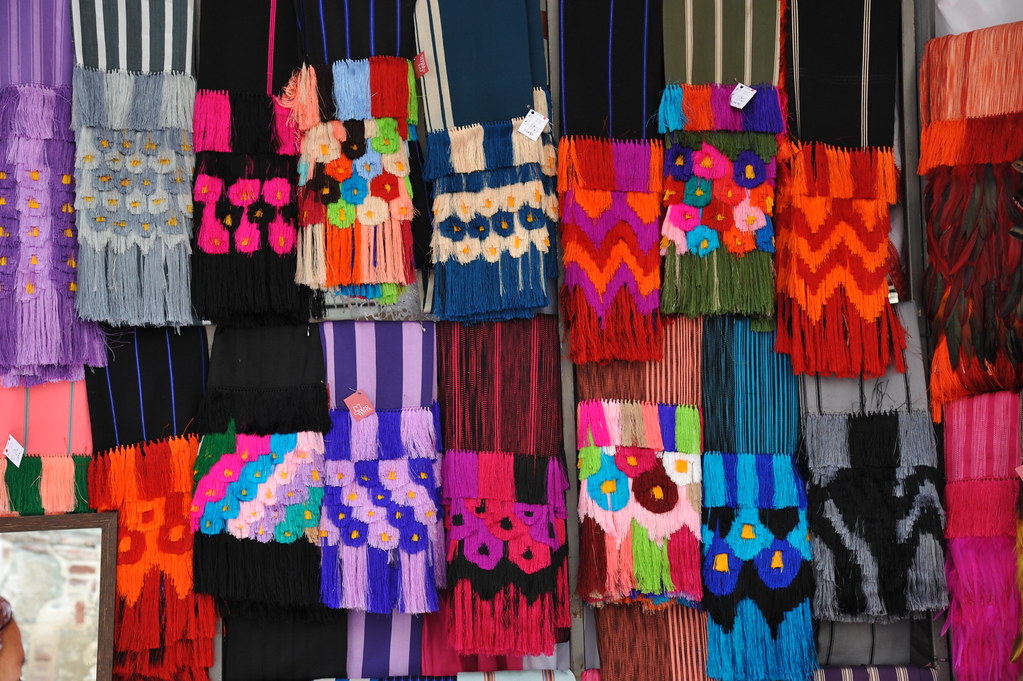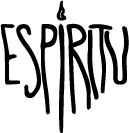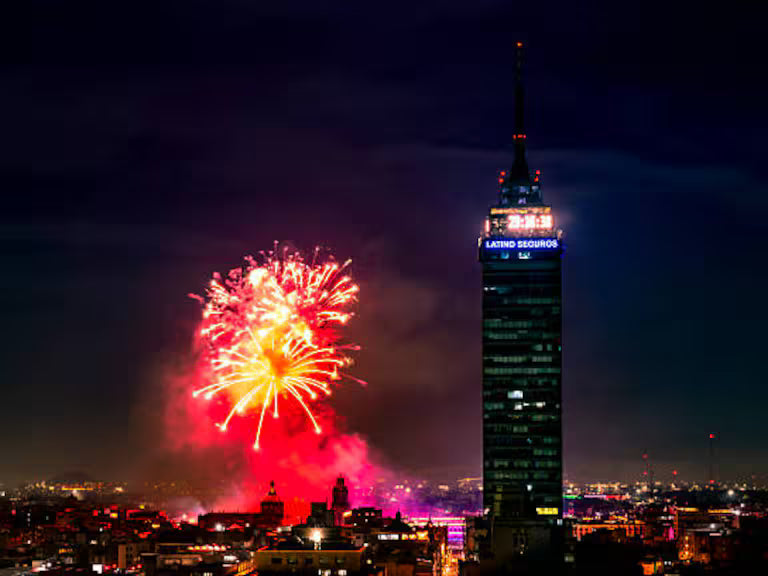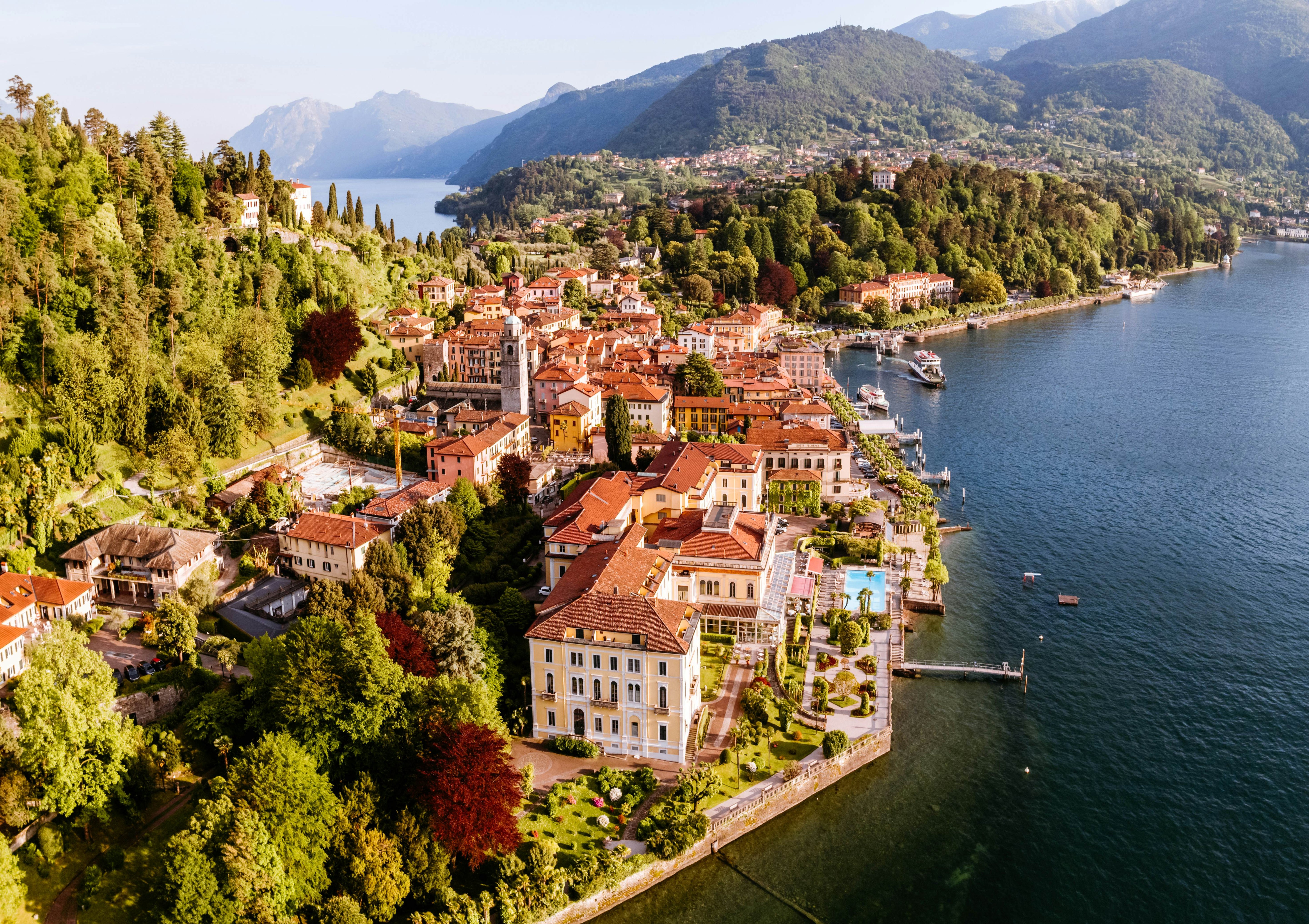
Threads That Bind: Mexican & Pakistani Textile Tradition
Textiles carry memory. Whether dyed with cochineal and indigo in Mexico or block‑printed with madder and indigo in Pakistan, they tell stories of trade routes, spiritual beliefs and women’s work. Let’s unpack the threads that connect these distant yet deeply aligned traditions.
1 · Mexican Textiles: Weaving Identity
Rebozos—long rectangular shawls—have been woven for centuries in Central Mexico. In Michoacán, Purépecha women use backstrap looms and ikat dye techniques to create blurred white patterns on indigo. The rebozo protects from sun, carries infants and even acts as a kind of language; certain stripes or colors once indicated a woman’s town or marital status.
In Hidalgo, Tenango embroidery emerged in the mid‑20th century when floods damaged crops and villagers turned to embroidery for income. Using cotton squares, they stitch flora, fauna and mythological figures in exuberant colors. Each piece is unique and reflects an artist’s imagination—no pre‑drawn pattern exists.
Moving south, the Isthmus of Tehuantepec is known for embroidered huipiles and enaguas. These garments, decorated with floral motifs and even metallic threads, showcase the region’s Zapotec and Mixe heritage. The craft can take months to complete and often forms part of dowry gifts.

2 · Pakistani Textiles: Colour, Geometry & Ritual
In Sindh, ajrak cloth is a pillar of identity. Craftsmen carve wooden blocks with symmetrical motifs, then dip them into vats of natural dyes—indigo, madder, pomegranate peel—printing repeated patterns. Each piece undergoes up to 20 dye/ wash cycles. The result is a complex design with deep reds and blues that age gracefully. Ajrak scarves and shawls are worn for celebrations, political rallies and everyday life.
Sindhi mirrorwork and embroidery adorn dresses, bedspreads and camel trappings with tiny glass circles and ornate stitches. The mirror pieces, called shisha, reflect light and are believed to ward off the evil eye. Color palettes vary by tribe, with Kutch and Baloch tribes opting for dark bases and vibrant contrasts

3 · Cross‑Cultural Encounters at IFAM
When Espíritu participated in the International Folk Art Market (IFAM) in Santa Fe, New Mexico, our artisans mingled with weavers and embroiderers from Pakistan, Guatemala, India and beyond. They swapped dye techniques and pattern stories—discovering that Purépecha ikat echoes ajrak’s geometry, and Tenango animals share a joyous spirit with Sindhi mirror birds. These exchanges broadened our approach to design: instead of simply replicating patterns, we now look for deeper alignments—like the value placed on slow production, storytelling and collective making.

4 · Tips for Textile‑Lovers & Conscious Shoppers
- Look for natural dyes: Colors that come from plants fade gracefully and develop a soft patina. Synthetic colors often remain flat and uniform.
- Ask the maker: Who wove it? Where? Many communities use different weaving styles and motifs; knowing the origin helps appreciate the piece.
- Support fair trade: IFAM and reputable craft organizations ensure artisans receive fair wages; avoid mass‑produced “handmade” imitations.
- Respect cultural meaning: Some motifs are reserved for ceremonial use; ask before wearing certain pieces (e.g., huipiles with sacred symbols).
5 · Why It Matters
Textiles embody tradition and sustenance. Many women depend on weaving and embroidery for income, and these skills are at risk as younger generations seek other employment. Supporting these crafts not only keeps heritage alive but also sustains rural economies.

🧡 Espíritu’s Take
Our huaraches reflect the reverence we have for handmade textiles. We incorporate natural dyes, respect indigenous techniques and partner with artisans who share our values. It’s not about appropriation but conversation—bridging cultures one thread at a time. Discover more.



